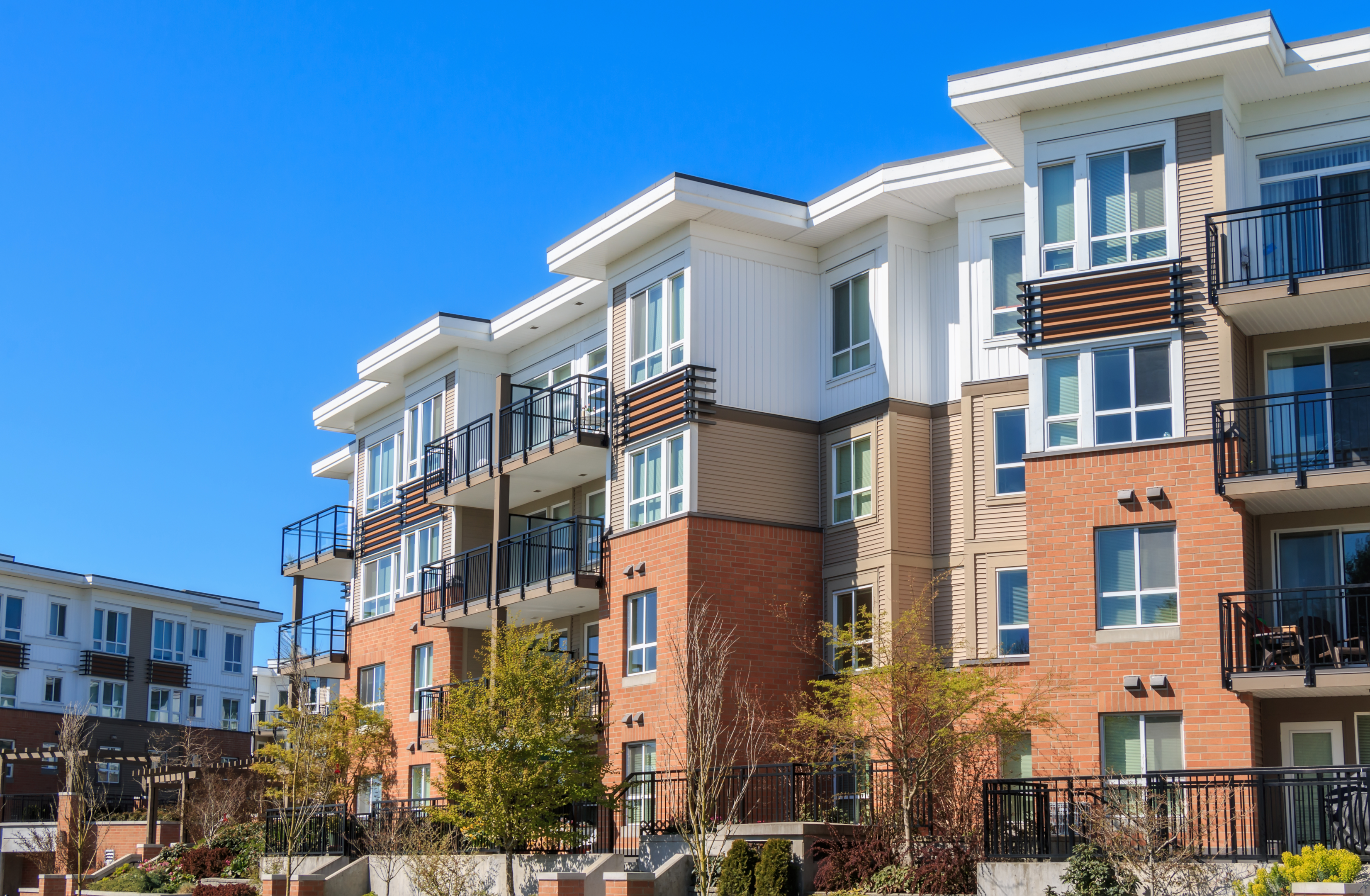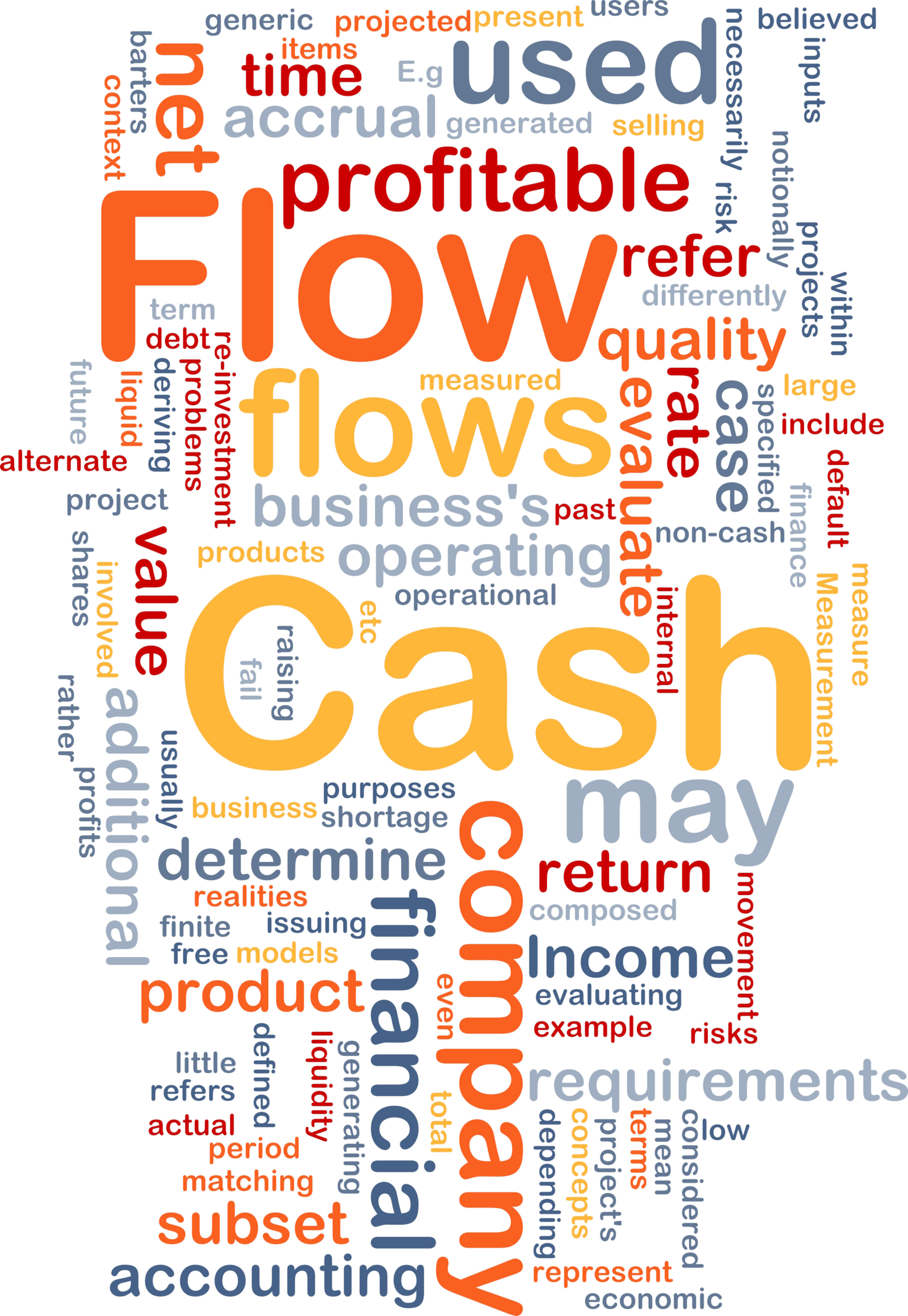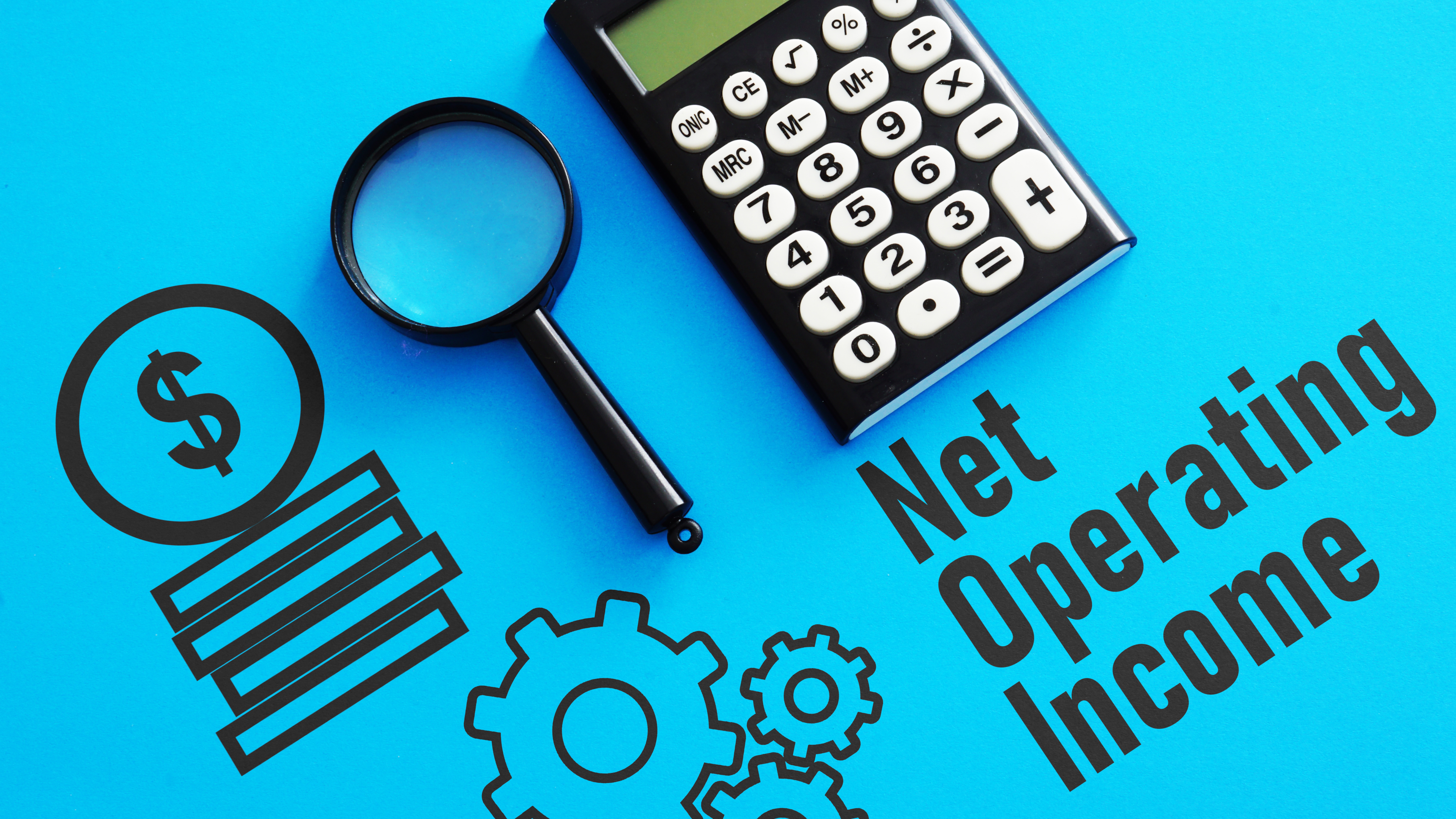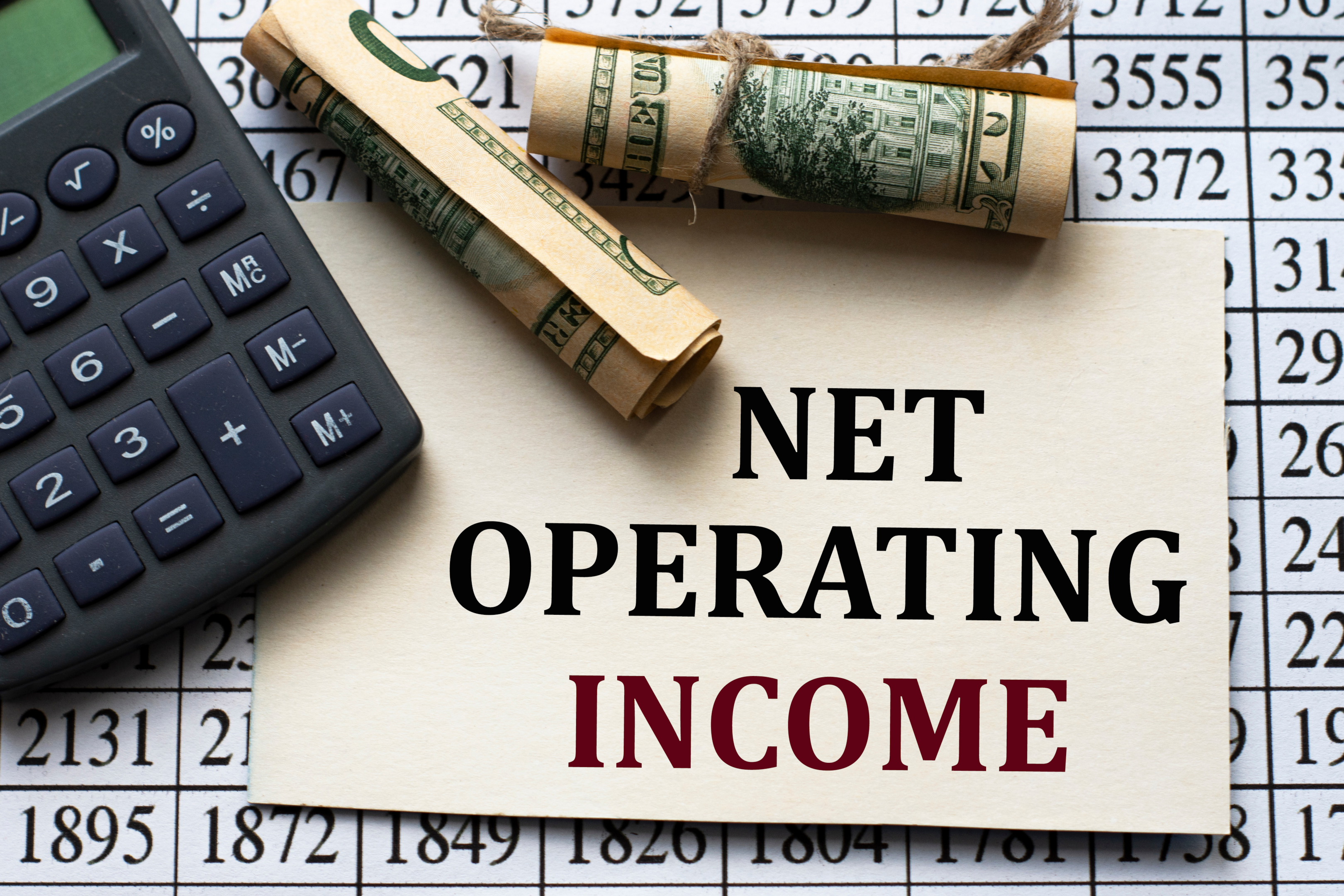Net Operating Income (NOI) is a vital metric for real estate investors to evaluate the profitability of a potential investment property. It represents the income generated by a property minus its operating expenses. Understanding NOI is essential for informed financial decision-making, property value assessment, and effective real estate investment analysis.

Table of contents
- What is net operating income for real estate?
- Calculating NOI
- The Importance of Understanding NOI
- NOI in Evaluating Income-Generating Properties
- NOI in Real Estate Investment Decision-Making
- Using NOI in Real Estate Valuation
- Increasing NOI for Higher Property Values
- Limitations of NOI in Real Estate Analysis
- Common Questions
Suggested Posts
- Commercial Real Estate Access Control System
- Maximizing NOI with Smart Apartment Building Security
- What Rising Inflation Means for Multifamily Portfolios
What is net operating income for real estate?
Net Operating Income (NOI) is a key financial metric in real estate investment analysis that represents the income generated by a property after deducting operating expenses.

Calculating NOI
NOI is calculated by first determining the Gross Operating Income (GOI), which involves subtracting vacancy rates from the potential rental income. Once the GOI is obtained, NOI is calculated by subtracting the operating expenses from the total revenue. It is crucial to exclude financing costs, taxes, depreciation, tenant improvements, and capital expenditures from the calculation, as they are not directly linked to the property and can vary depending on the investor’s financial situation.

The Importance of Understanding NOI
NOI is a foundational metric in real estate investment analysis, enabling investors to evaluate a property’s profitability and make informed buying, selling, and negotiating decisions. By considering potential rental income, vacancy and credit losses, and other income, investors can gain an accurate picture of the property’s profitability. Furthermore, NOI allows investors to negotiate better loan terms and make confident real estate investment decisions.
NOI in Evaluating Income-Generating Properties
NOI is crucial for evaluating and analyzing income-generating properties, as it measures a property’s profitability by comparing its total income to its total operating expenses. To accurately calculate NOI, investors must consider the potential rental income, additional revenue streams generated by the property, operating expenses, and vacancy losses.
Understanding NOI is essential for maximizing investment returns by evaluating a property’s income and expenses. However, it is important to note that NOI only accounts for necessary expenses and does not include taxes and depreciation. Analyzing a property’s financial statements and performing proper due diligence is necessary to ensure accurate calculations.
NOI in Real Estate Investment Decision-Making

NOI is a critical concept for aspiring real estate investors. It helps evaluate the profitability of an investment property and makes it easier to compare different investment opportunities. Investors and lenders use NOI to evaluate a real estate property’s potential cash flow and estimate profitability. Metrics derived from NOI include cap rate, net income multiplier, cash return on investment, and total return on investment.
Maximizing NOI is crucial for profitability, but it is important to note that it does not necessarily equate to increased cash flow. Investors should consider both NOI and cash flow when evaluating properties to minimize financial risks.
In conclusion, NOI is a vital metric for real estate investors to make informed decisions on investment projects. Accurately calculating NOI allows investors to assess a property’s earning potential and identify opportunities for maximizing revenue while minimizing expenses. By understanding NOI and its implications, investors can increase their chances of success in the real estate market.
Using NOI in Real Estate Valuation
Net Operating Income (NOI) plays a crucial role in the valuation of income-producing properties. By calculating NOI, investors can derive the capitalization rate (cap rate), which is the ratio between the NOI and the property’s market value. The cap rate is a widely used metric in real estate investment, as it allows investors to compare the relative value of different properties based on their income generation potential.
A higher cap rate indicates a higher return on investment (ROI) and a potentially more attractive investment opportunity. However, it is essential to consider other factors such as property location, market conditions, and growth potential when using NOI and cap rate to make investment decisions in real estate investing.
Increasing NOI for Higher Property Values

Property owners and investors can take various steps to increase NOI and, in turn, boost property values. Some of these strategies include:
- Reducing operating expenses: Minimizing property management fees, maintenance costs, and utility bills can help increase NOI. Regular property inspections and maintenance can prevent costly repairs in the future. Implementing energy-efficient upgrades can lower utility costs and make the property more appealing to environmentally-conscious tenants.
- Improving tenant retention: Long-term tenants can provide a stable income stream and reduce vacancy losses. Building strong relationships with tenants, addressing concerns promptly, and offering incentives for lease renewals can help improve tenant retention and minimize turnover costs.
- Adding revenue streams: Additional revenue sources, such as vending machines, laundry facilities, storage units, or parking spaces, can help increase NOI. It’s important to evaluate the demand for these services before investing in them.
- Increasing rent: Regularly reviewing market rents and adjusting your rental rates accordingly can help increase NOI. However, be cautious not to increase rent too aggressively, as this may result in tenant turnover and increased vacancy rates.
- Investing in property improvements: Upgrading amenities, improving curb appeal, and renovating outdated spaces can justify higher rents and attract quality tenants, leading to increased NOI.
Limitations of NOI in Real Estate Analysis

While NOI is a valuable metric in real estate investment analysis, it has certain limitations that investors should be aware of:
- Exclusion of financing costs: NOI does not account for financing costs, such as mortgage payments, which can significantly impact an investor’s cash flow. To obtain a more comprehensive understanding of a property’s financial performance, investors should also consider metrics like cash flow and debt service coverage ratio.
- Lack of consideration for taxes and depreciation: NOI excludes taxes and depreciation, which can impact an investor’s overall return on investment. Investors should be mindful of tax implications and property depreciation when analyzing a property’s financial performance.
- Static metric: NOI provides a snapshot of a property’s financial performance at a given point in time. However, real estate markets are dynamic, and factors like market conditions, economic trends, and local regulations can change over time. Regularly reassessing NOI and other financial metrics is crucial to staying informed and making sound investment decisions.
- Subjectivity in expense classification: Some expenses, such as capital expenditures and tenant improvements, may be classified differently by various investors. This can lead to inconsistencies in NOI calculations and make property comparisons challenging.
Common Questions
How is NOI calculated? / What is the NOI formula?
NOI is calculated by subtracting a a property owner’s operating expenses from its gross operating income. The formula is: NOI = Gross Operating Income – Operating Expenses.
What is a good NOI? / What is a good NOI in real estate? / What is a good NOI for rental property?
A good NOI depends on the property’s location, size, and type. Generally, a higher NOI indicates better performance. However, a specific “good” real estate NOI value will vary based on the investor’s expectations and the local market.
What is an NOI example?
Suppose a rental property generates $120,000 in annual gross income and has $60,000 in annual operating expenses. The NOI would be $120,000 – $60,000 = $60,000.
Is NOI the same as net income? / What is the difference between NOI and net income in real estate?
No, NOI is not the same as net income. NOI only considers operating income and expenses, while net income also factors in non-operating items such as financing costs, taxes, and depreciation.
How is NOI calculated for rental property?
For rental properties, NOI is calculated by subtracting operating expenses (such as maintenance, property management fees, insurance, and taxes) from gross rental income.
Is NOI monthly or yearly?
NOI can be calculated on a monthly or yearly basis, depending on the investor’s preference. Annual NOI is more commonly used in real estate investment analysis.
How do you calculate NOI in real estate? / How do I calculate my NOI? / How do you calculate an NOI? / How do you calculate net operating income for real estate?
To calculate NOI in real estate, subtract the property’s operating expenses from its gross operating income: NOI = Gross Operating Income – Operating Expenses.
Does NOI include mortgage payment?
No, NOI does not include mortgage payments, as they are considered financing costs, not operating expenses.
What is a good NOI margin?
A good NOI margin depends on the property type and market. Higher NOI margins generally indicate better profitability. Investors should compare NOI margins for similar properties in the same market to determine what constitutes a good margin.
How is NOI yield calculated?
NOI yield is calculated by dividing NOI by the property’s purchase price or current market value, then multiplying by 100 to express it as a percentage.
How to calculate property value using NOI?
To calculate property value using NOI, divide the NOI by the desired capitalization (cap) rate: Property Value = NOI / Cap Rate.
How do you calculate NOI as a percentage?
To calculate NOI as a percentage, divide NOI by the property’s gross operating income and multiply by 100: NOI Percentage = (NOI / Gross Operating Income) x 100.
What does a 7.5% cap rate mean?
A 7.5% cap rate means that the property’s NOI is 7.5% of its market value. It is used to estimate the potential return on investment and compare the performance of different properties.
Conclusion
Net Operating Income (NOI) is a critical metric for evaluating the profitability and potential value of real estate investments. By understanding how to calculate NOI and use it in various aspects of real estate investment analysis, investors can make more informed decisions and maximize their returns. However, it is important to remember that NOI is just one of many financial metrics that should be considered when evaluating investment opportunities. Regularly monitoring and reassessing property performance, staying informed about market trends, and considering multiple financial metrics will help investors make the best decisions for their portfolios.
Upgrade Your Building Security
Get in touch with a Swiftlane specialist for more information on the best access control and video intercom solution for your building.

![Commercial to Multifamily Residential Conversion [2023]](/static/aef5271dcfc25d2f7dae95daf19581fa/7b0b2/commercial-to-multifamily-conversion-scaled.jpg)
![High-Density Housing: Making Urban Living Affordable [2023]](/static/0aeb10a55afe431ade346364cc1cf427/94bf8/high-density-of-apartments-scaled.jpg)

